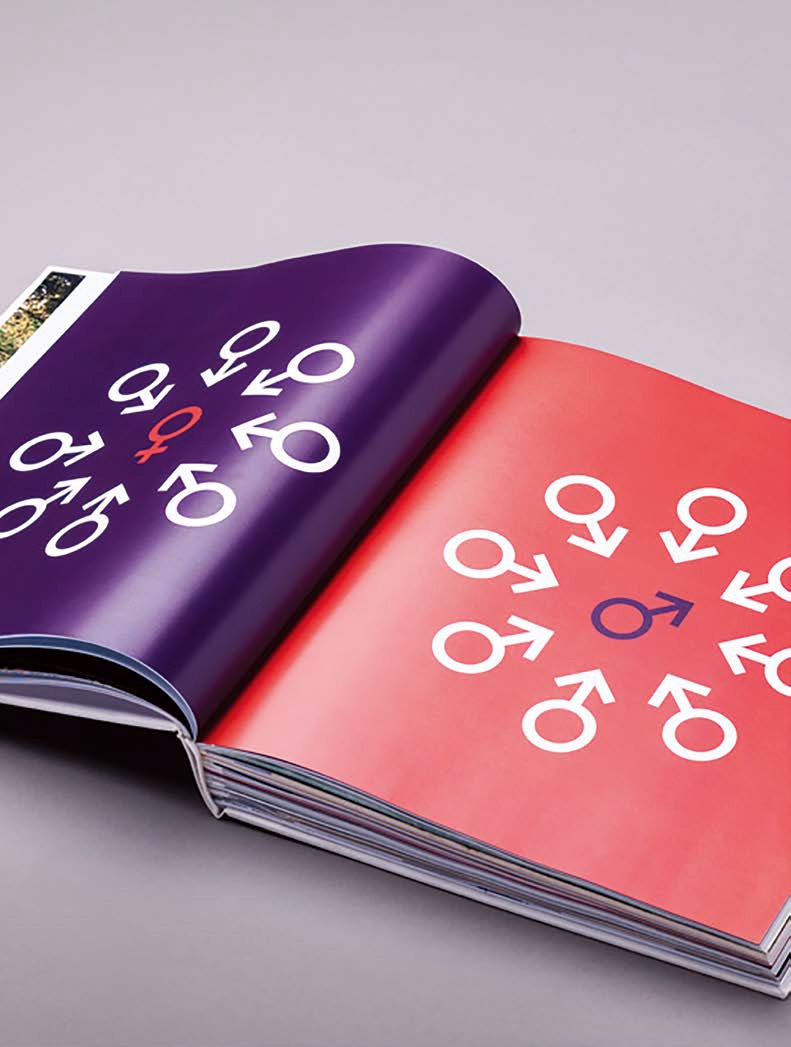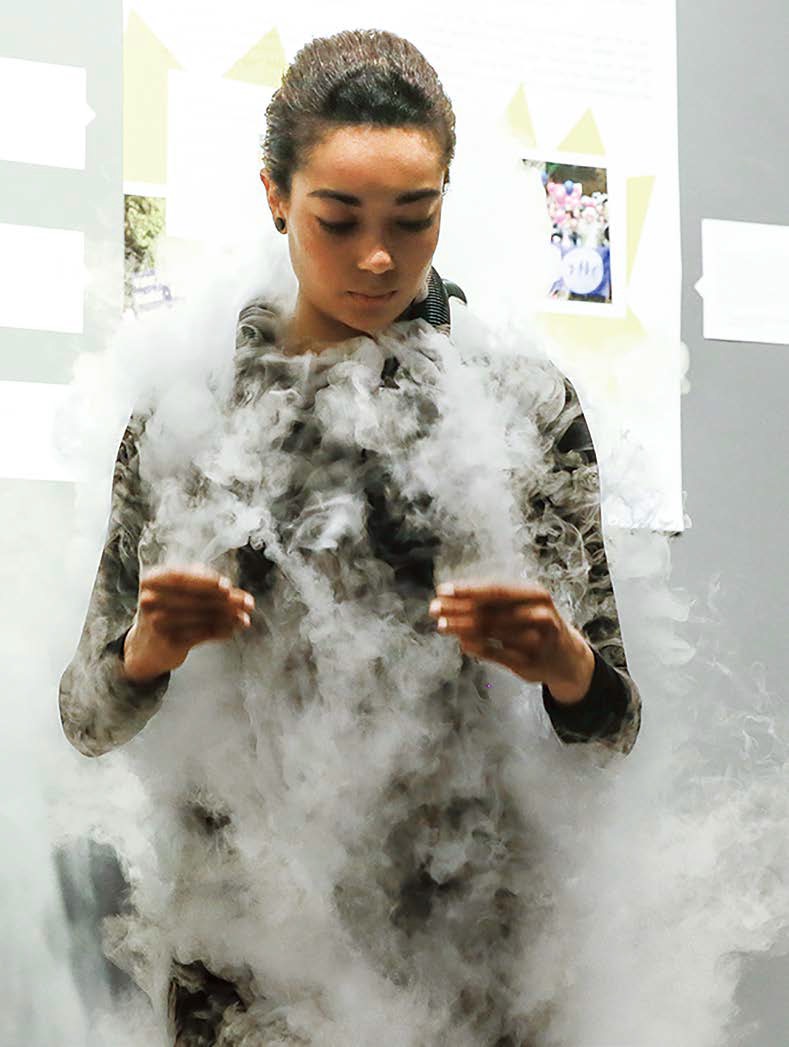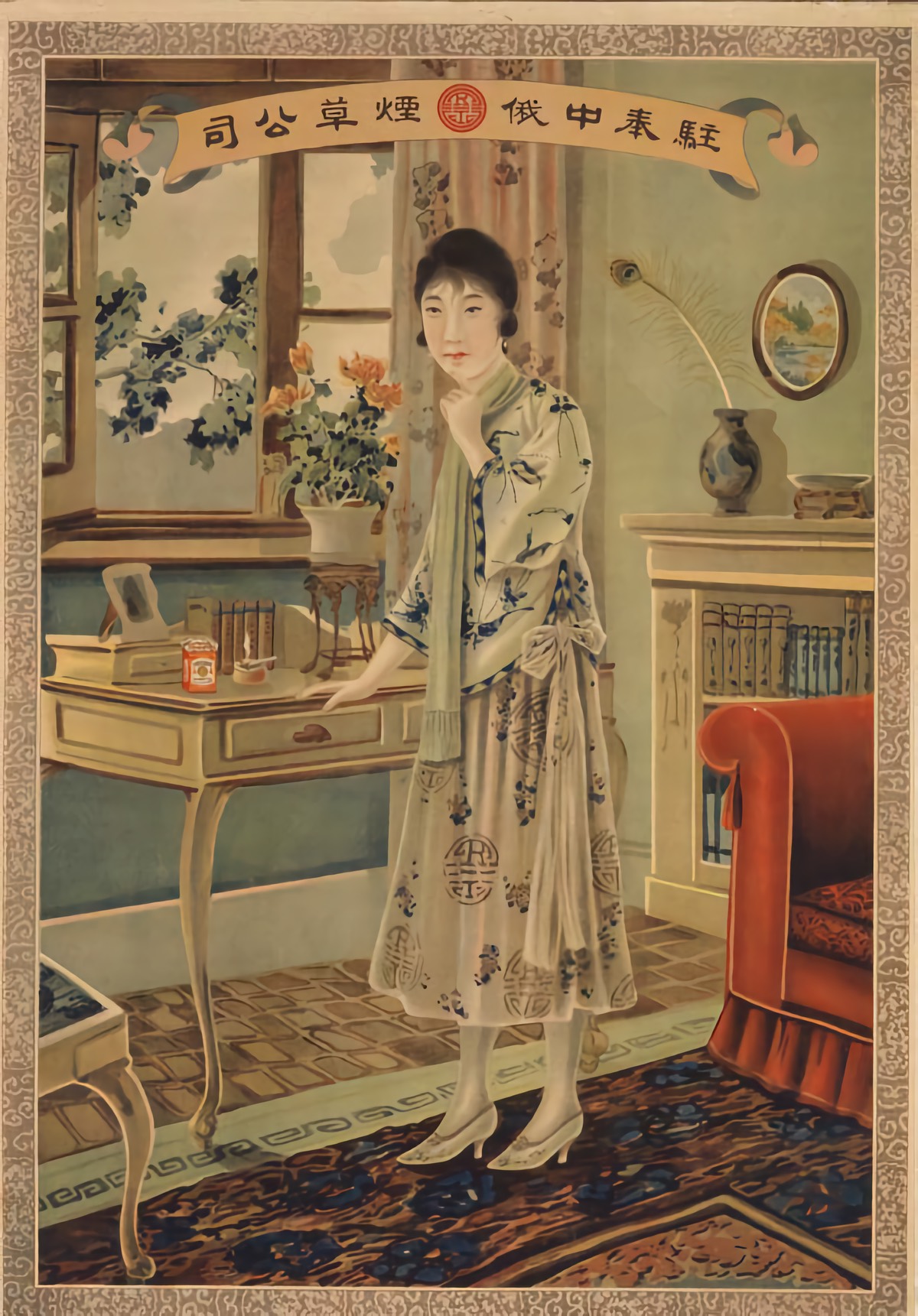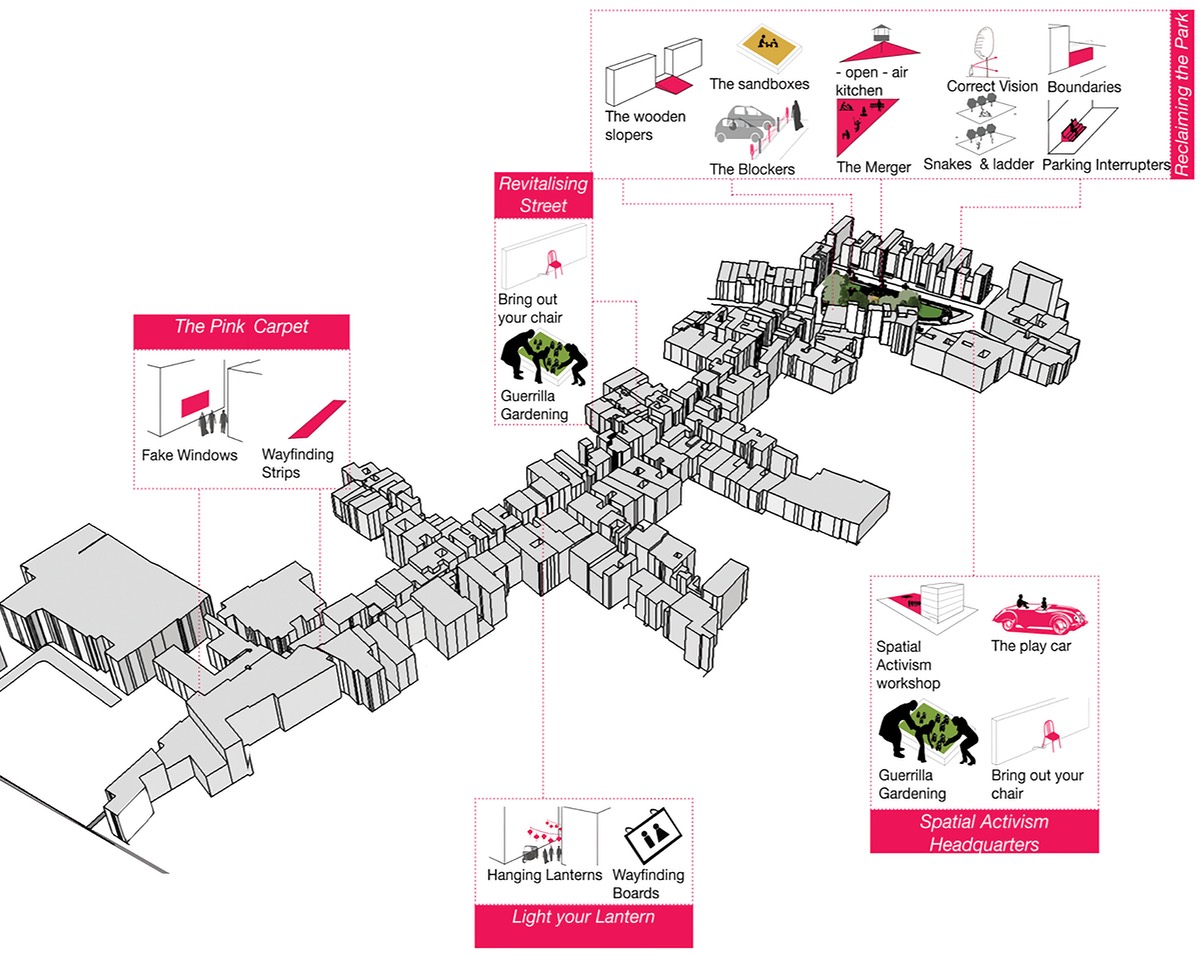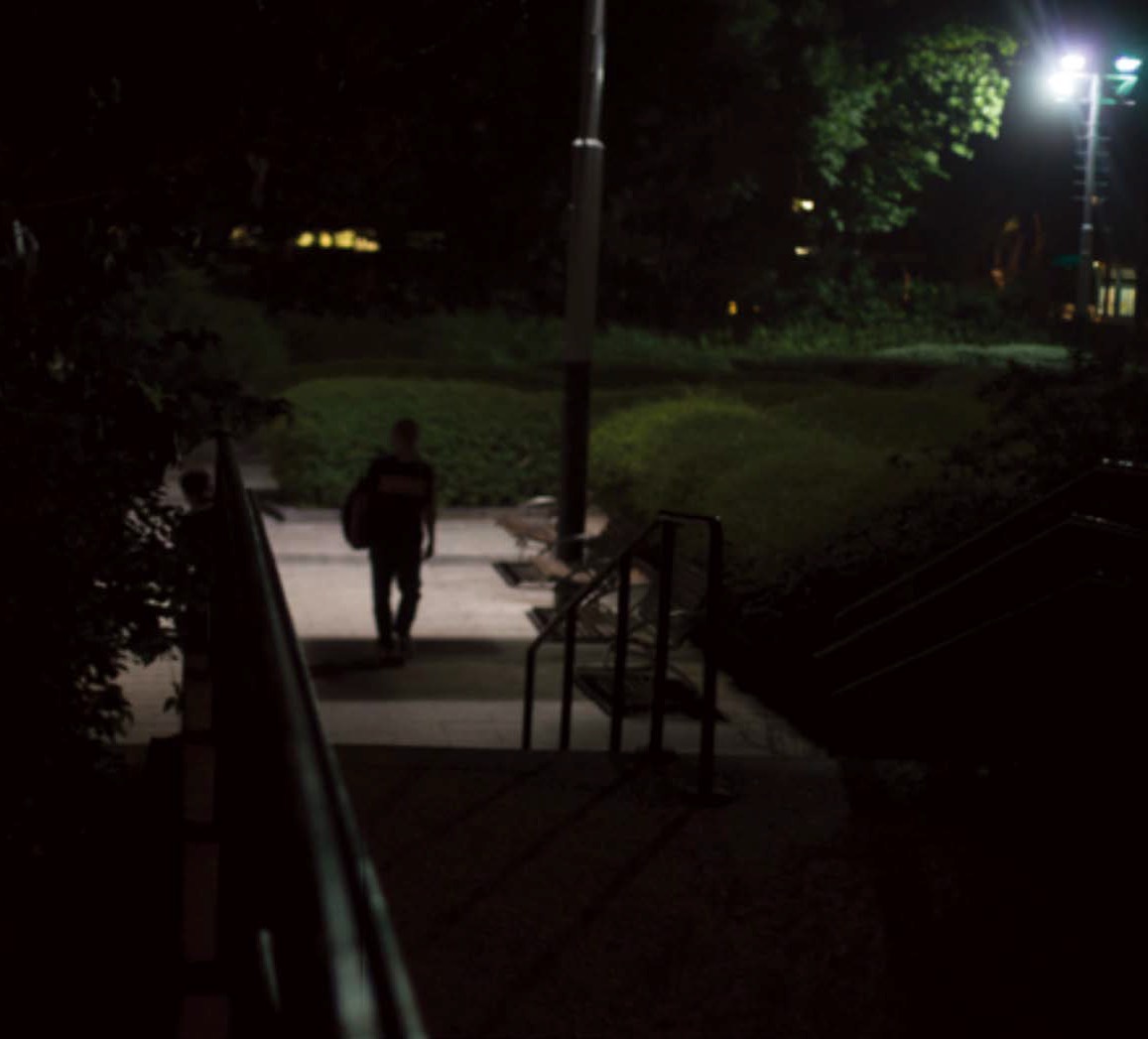
Issue Editors: Hanna Wirman & Uta Brandes
ISBN: 978-94-92852-09-0
Introduction
-
This issue of CUBIC Journal continues exploring what we find an extremely important and complex topic. We sought diverse contributions from a wide range of design sectors and aimed at presenting contributions that reposition design and design research through considering gender dynamics. And just like the conference, the journal issue call for papers was named to reflect how the smallest aspects in design have the greatest influence and are often side-lined by ignorance, oversight, or intention (‘The GREAT small’). We added three overlapping and often complimentary concepts to express...
Articles
-
The article highlights gender codes in design, particularly in web design, by means of current examples. Different aspects of gender-specific design are looked at in detail and their inherent problems discussed: on the one hand the development of a special solution (gender-specific for women), on the other hand, web design with reduced functionality and simplification of information (i.e. image representation) which sometimes even leads to a negation of technology. The article illustrates that gender codes and stereotypical role models can be embodied on different design levels of web...
-
The design analysis of the media presented in this article focuses on the representation of female musicians, looking at the ways in which they stage both themselves and their gender in music videos. According to my observation, the visual portrayal of female artists has been defined by a long history of stereotypical gender representations that have to be overcome. In the music videos published by female musicians, we can observe design strategies for selfportrayal and gender staging, as well as sources of aesthetic inspirations and trends. Different oppositional design strategies are...
-
This essay focuses on one of the numerous aspects in design that illustrates the necessity of including gender. It discusses gender identities between subjection and agency within the broad realm of matters, textiles, and fashion. The article exemplarily wanders through various forms of social oppression and exploitation of women in history as well as today, but also offers perspectives of resilience and resistance. Although totally different from each other, they have one phenomenon in common: it is both the body and the material that matters. In the end, the possibility of transforming...
-
This three image-essay looks at how depictions of modern woman were central in advertising designs and imported products in the context of gender, identity, and design in early twentieth-century China. The adaptation of Euro- American concepts, linked to modernisation in local contexts resulted in both the production of hybrid poster designs to promote merchandise, they embody gender fluid design. This essay uses three specific images to situate objects, image and context, before highlighting specific elements contained wihtin each as examples of mid-century gender narratives.
-
The first attempt to reinvent the public spaces, #WomenSpatialActivism, reclaims the women’s right to the city in India. Women Spatial Activism (WSA) proposes a gender-sensitive approach to urban design in the neighbourhood of Malviya Nagar in Delhi in India, that inspires the reappropriation of the front door by an old woman, the street by a working girl and the public park by mothers. The proposal is to reclaim women’s right to the city through the recontextualisation of their public spaces which have been lost or need to be developed in urbanised India. The project has three main...
-
A photo essay exploring the how gender identity is deliberately constructed through social positioning within the urban landscape of Hong Kong. Hong Kong has always had a binary identity, which continues through from the postcolonial to the neocolonial. This creates layers of additional complexity around gender identity, which is explored in terms of performativity and authenticity through both the heterosexual fluidity of foreign domestic workers and through homosexual tactics of local men, within a public park in Hong Kong. By rejecting the past through a politics of disappearance,...

